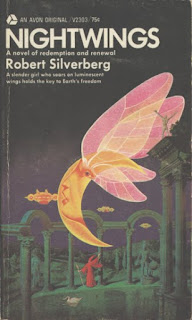Well, now that my evening job is on hiatus until tax
season reboots in six months, my days are somewhat back to normal. May was a
very productive month, and I’m very pleased with what I’ve accomplished.
I got to spend time with my girls again. We watched a
slew of movies. I also got to see two of Little One’s track meets (she runs the
mile and half-mile). Patch tried out and made the town’s travel soccer team. We
enjoyed the middle school spring concert, with Little One on clarinet. A pair
of girl scout meetings for Patch, who also helped me with the yardwork one
beautiful spring afternoon.
I’ve been able to read in the evenings again. Put away
nine books alone this month! (The Mote in
God’s Eye, Quantum Fuzz, Power vs. Force, Seven Brief Lessons on Physics, Downward
to the Earth, Peace with God, The Little Book of String Theory, Nightwings, and The World Inside, if you must know.) Not only that, but I started
working out again: curls, push-ups, leg dips, that sort of thing, plus walking
every now and then with the girls. Haven’t dropped any weight, but I’m not as
squishy looking as I was over the winter.
You might have noticed that three of the books listed
above pertain to physics. Yeah, the physics bug has bit me again. This past
month I must’ve averaged an hour a day reading that stuff. Love it.
Fascinating, thought provoking, and bittersweet, ’cuz I did go to school for
this stuff before dropping out. Oh to spend eight hours a day in front of a
chalkboard instead of payroll software. Now I’m thinking about cleaning out the
garage and building a supercollider in there …
Had an interesting Memorial Day weekend. As usual, we
drove to visit my father-in-law down the Jersey shore. My sister-in-law and her
twin two-year-old boys were also there. The first day I stayed at the hotel
readin’ and studyin’ and relaxin’ while they all hit the beach. I did the beach
thing Sunday, collecting shells with Little One and playing soccer with Patch.
That night we had an awesome dinner at a steak joint (I chugged two massive
22-ounce beers – maybe that’s why it was awesome?). However, the Memorial Day
parade, a staple the kids look forward to since everyone marching throws out
candy, got rained out. We returned early to get ready for the week.
So, I gotta give May a good grade. Only black mark is
that the weather hasn’t been so May-like. We had a hot few days the beginning
of the month, forcing me to put the ACs in early, and now it’s been rainy and
60s-ish for the past two weeks. Hopefully June will be springfully hot, and not
rocket us into the mid-90s too soon.
See ya!











